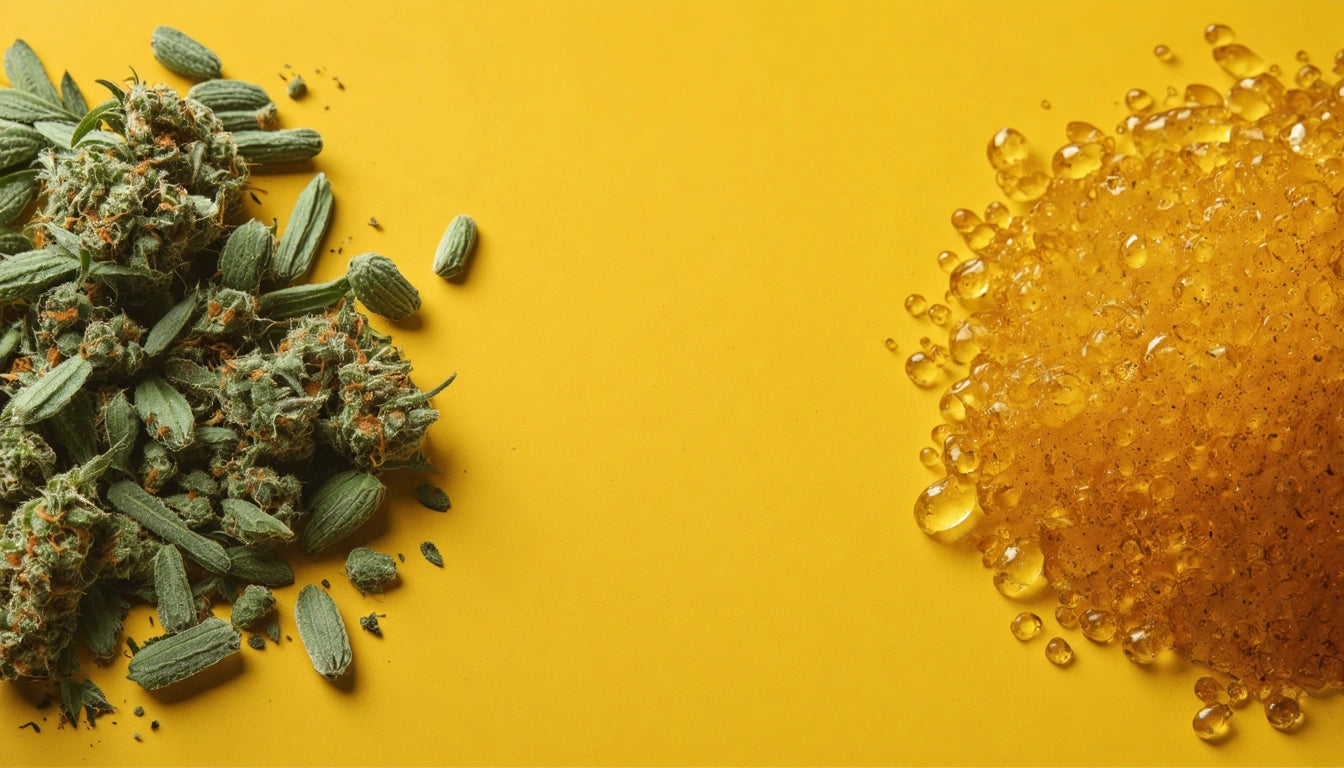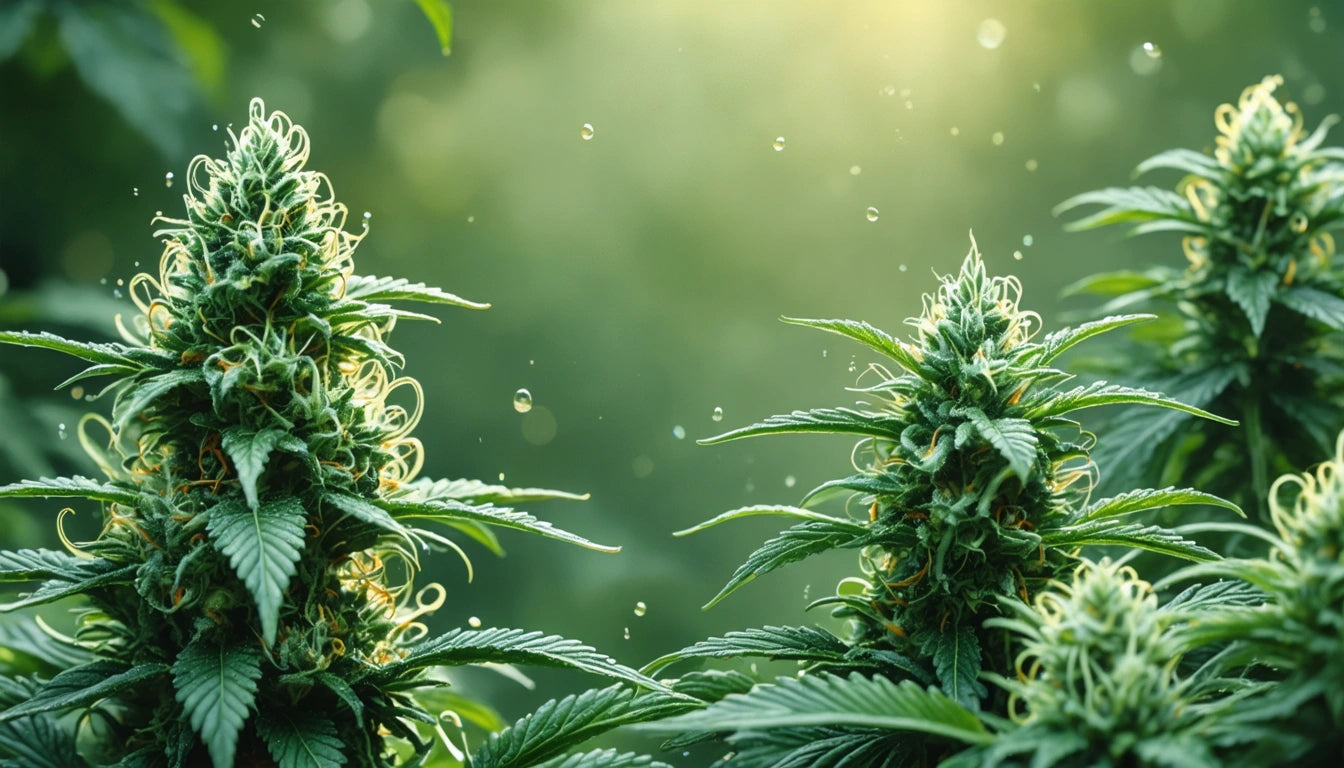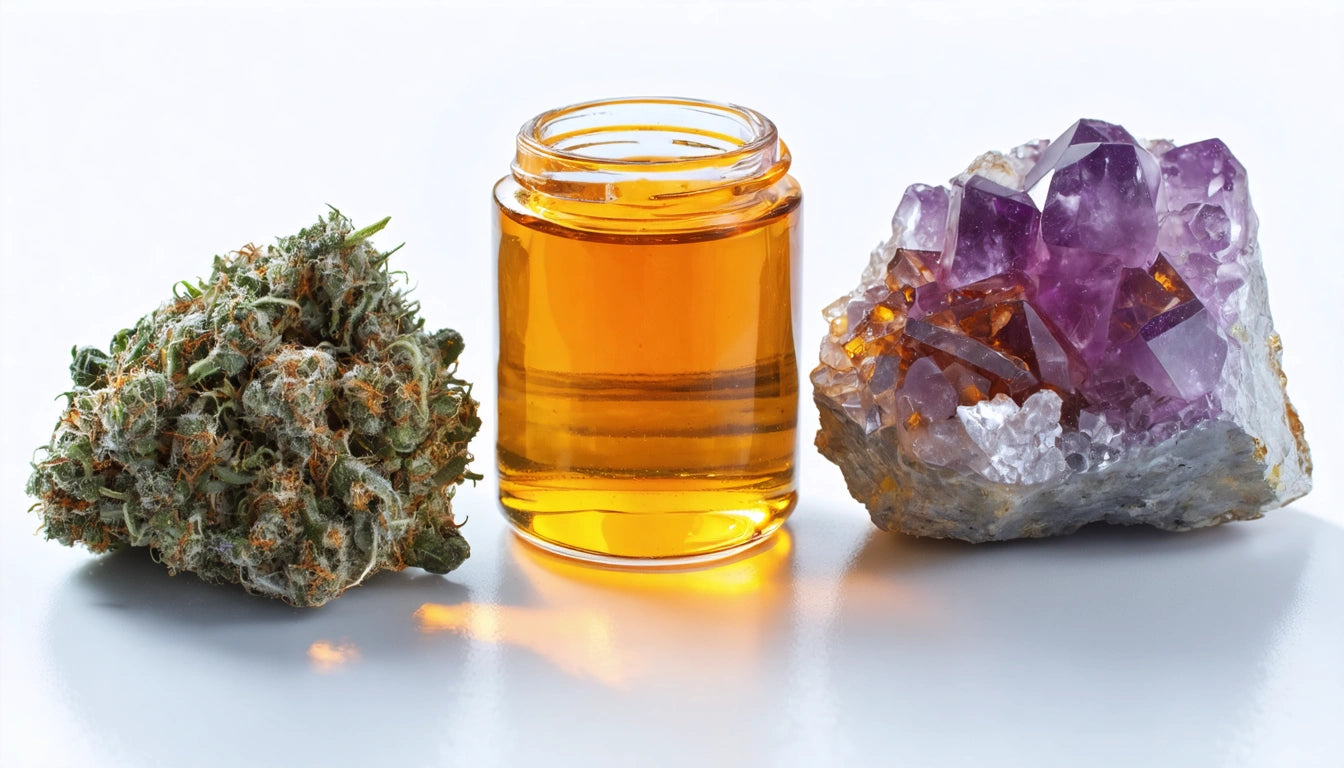Table of Contents
- Cannabis Concentrate Basics: What Sets Textures Apart
- Budder Characteristics: The Creamy Consistency
- Badder Profile: Cake Batter-Like Texture and Properties
- Sugar Concentrates: Crystalline Structure and Terpene Preservation
- Comparing Consistencies: Budder vs Badder vs Sugar
- Consumption Methods and Equipment Considerations
- Storage and Preservation Best Practices
- Market Trends and Consumer Preferences in Concentrates
Understanding the Differences: Budder, Badder, and Sugar in Cannabis Concentrates
Cannabis concentrates have evolved significantly, offering consumers a variety of textures, potencies, and experiences. Among the most popular are budder, badder, and sugar concentrates, each with distinct characteristics despite their similar appearances. Understanding these differences helps consumers make informed choices based on their preferences and consumption methods.
Cannabis Concentrate Basics: What Sets Textures Apart
Cannabis concentrates are extracted products that contain concentrated cannabinoids and terpenes. The texture variations result from differences in processing techniques, temperature, agitation, and post-extraction handling. While all three concentrate types—budder, badder, and sugar—are BHO (Butane Hash Oil) extracts, their consistency and appearance vary significantly.
Extraction methods typically involve using solvents to strip cannabinoids and terpenes from plant material, followed by purging the solvent. The way the extract is whipped, cured, or allowed to crystallize determines its final form. Products like those from Sugar Top Buddery showcase how these different textures appeal to various consumer preferences.
Budder Characteristics: The Creamy Consistency
Budder is known for its smooth, creamy consistency that resembles butter or frosting. This texture is achieved by whipping the extract during the purging process, incorporating air and creating a fluffy, malleable product. As explained in this comparison of cannabis concentrates, budder's whipped nature makes it especially easy to work with.
Key characteristics of budder include:
- Creamy, whipped texture
- Opaque appearance
- Easy to handle and portion
- Typically gold to amber in color
- Well-preserved terpene profile
Budder is particularly popular among dabbers who appreciate its ease of use and full-spectrum effects. The whipping process helps preserve terpenes, resulting in flavorful experiences that highlight the plant's natural profile.
Badder Profile: Cake Batter-Like Texture and Properties
Badder (sometimes called batter) has a consistency similar to cake batter—slightly more viscous than budder but still malleable. It typically has a wet, glossy appearance that falls between the dryness of budder and the granular structure of sugar. Comparing badder to other concentrates reveals its unique position in the texture spectrum.
Distinctive features of badder include:
- Glossy, wet appearance
- Slightly runny consistency
- Often more terpene-rich than drier concentrates
- Ranges from golden to deep amber coloration
- Smooth texture with minimal crystallization
Sugar Concentrates: Crystalline Structure and Terpene Preservation
Sugar concentrates get their name from their granular, crystalline appearance resembling wet sugar. This texture develops when THCA molecules separate from the terpene-rich solution and form crystals. The result is a concentrate with visible crystalline structures suspended in a terpene-rich sauce.
Sugar concentrates are characterized by:
- Granular, crystalline texture
- Visible THCA crystals
- High terpene content in the surrounding sauce
- Often more aromatic than other concentrates
- Separation between crystalline and liquid components
When examining budder vs sugar, the primary difference is in structure—sugar's crystallization creates a different consistency and sometimes a more potent product due to the concentrated THCA crystals.
Comparing Consistencies: Budder vs Badder vs Sugar
When directly comparing these three concentrate types, several factors come into play:
Texture and Handling
Budder is the most malleable and easy to work with, making it ideal for those new to concentrates. Badder tends to be slightly more viscous but still workable with a dab tool. Sugar can be more challenging to handle due to its granular nature, often requiring users to scoop both crystals and sauce together.
Flavor Profile
All three concentrates can preserve terpenes well, but their structures affect how these flavors are experienced. Sugar concentrates often deliver the most pronounced terpene profile due to the separation of crystalline THCA from the terpene-rich sauce. Badder typically offers balanced flavor, while budder provides consistent terpene distribution throughout.
Potency Considerations
While potency ultimately depends on the starting material, sugar concentrates may offer more concentrated THCA in the crystalline portions. Budder and badder tend to have more evenly distributed cannabinoids. This guide to budder explains how its production affects potency.
Consumption Methods and Equipment Considerations
The texture of a concentrate affects how it's best consumed:
- Dabbing: All three work well for dabbing, though sugar may require careful handling to get both crystals and sauce.
- Vaporizing: Budder and badder work exceptionally well in concentrate vaporizers due to their consistency.
- Topping flower: Budder is often easiest to work with when adding to flower.
Proper storage containers are essential for preserving these concentrates. Using appropriate child-resistant containers with secure lids helps maintain freshness while ensuring compliance with safety regulations for cannabis products.
Storage and Preservation Best Practices
To maintain the quality of any concentrate, proper storage is crucial:
- Store in airtight, light-resistant containers
- Keep at cool temperatures (refrigeration is often ideal)
- Avoid exposure to heat, light, and air
- Use silicone or glass containers designed for concentrates
- Consider short-term vs. long-term storage needs
Sugar concentrates may require more careful storage as temperature fluctuations can cause further separation or degradation of the terpene content. Budder and badder are generally more stable but still benefit from proper storage techniques.
Market Trends and Consumer Preferences in Concentrates
The concentrate market continues to evolve with consumer preferences. While badder vs budder vs sugar debates continue among enthusiasts, each has found its audience. Sugar Top Buddery and similar producers often create all three varieties to meet diverse consumer demands.
Current trends show increased interest in full-spectrum extracts that preserve the plant's complete cannabinoid and terpene profile. This has led to innovations in extraction techniques that maintain the integrity of these compounds while achieving desired textures.
Whether you prefer the creamy consistency of budder, the cake-batter texture of badder, or the crystalline structure of sugar concentrates, understanding their differences helps you select products that align with your consumption preferences and desired effects. Each offers a unique experience while showcasing the remarkable versatility of cannabis extracts.











Leave a comment
All comments are moderated before being published.
This site is protected by hCaptcha and the hCaptcha Privacy Policy and Terms of Service apply.